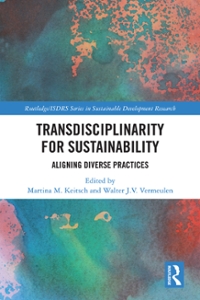Question
Consider the market for snow tires. Assume that the quality of snow tires can either be high or low. Assume that snow tires markets are
Consider the market for snow tires. Assume that the quality of snow tires can either be
"high" or "low". Assume that snow tires markets are competitive, with price is set equal to
marginal cost. The marginal cost of producing high quality snow tires is $1150 per set of 4
tires and the marginal cost of producing low quality snow tires is $525 per set of 4 tires.
a) Suppose that a consumer can observe snow tire quality differences, and values high quality snow tires at $1200 per set, and low quality snow tires at $675 per set. What decision will this consumer make about snow tires purchase? Is this outcome efficient? Explain your
answers.
b) Suppose that the government sets minimum quality standards for snow tires, such that only high quality snow tires are permitted to be sold in the market. How will the consumer's
decision about snow tires be affected, assuming that snow tires prices do not change as a
result of regulation? Is there deadweight loss created by this regulation? Explain your answers.
c) Now, suppose that the reason for the minimum quality standards is that low quality snow
tires are less effective in icy conditions, leading to drivers of cars equipped with them to have
a 35 percent chance of spinning out in icy conditions. If the total cost (of waiting time, gas,
frustration) to all other drivers of being held up in traffic due to such problems is $800 per
incident (for an expected surplus loss to other drivers of 0.35*$800 = $280), discuss the
efficiency consequences of the minimum quality regulation.
d) Finally, suppose instead that our consumer values high quality snow tires at only $1025 per
set. Assume that drivers of cars equipped with low quality snow tires have a 35 percent
chance of spinning out in icy conditions, but drivers with no snow tires have an 80 percent
chance of spinning out in icy conditions. If, as in part c), the total cost of a spin-out to all
other drivers is $800, discuss the efficiency consequences of the minimum quality regulation.
Step by Step Solution
There are 3 Steps involved in it
Step: 1

Get Instant Access to Expert-Tailored Solutions
See step-by-step solutions with expert insights and AI powered tools for academic success
Step: 2

Step: 3

Ace Your Homework with AI
Get the answers you need in no time with our AI-driven, step-by-step assistance
Get Started


